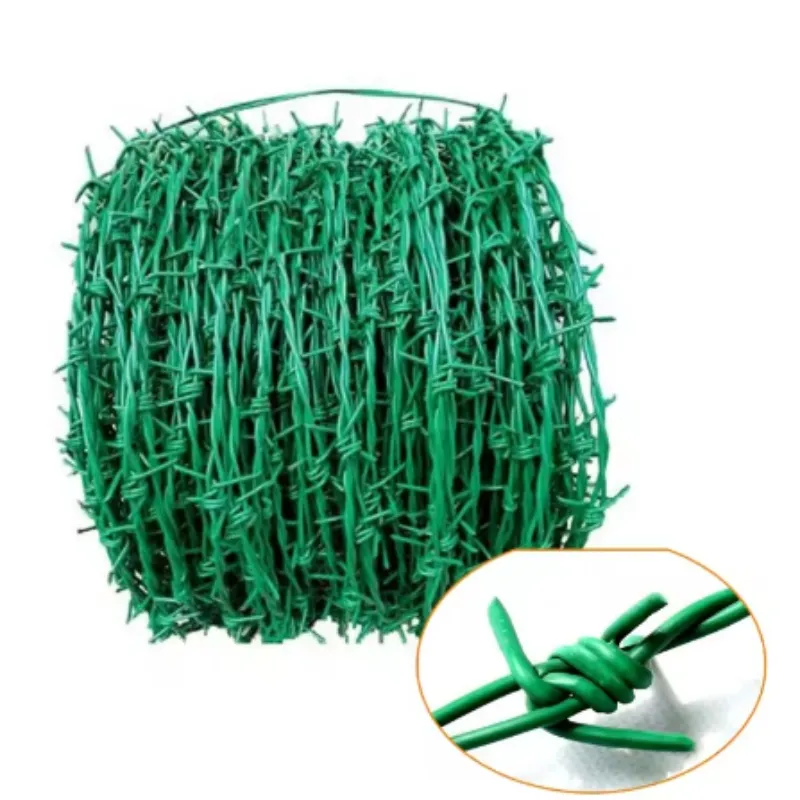-
 Phone:
Phone: -
 Email:
Email:

rock netting
The Role of Rock Netting in Modern Erosion Control
In the age of industrial development and urban expansion, the delicate balance of our ecosystems is often under threat. One of the most pressing environmental challenges faced worldwide is soil erosion. This phenomenon not only leads to the degradation of land but also contributes to ecological imbalances and water pollution. Among the various methods devised to combat this issue, rock netting has emerged as a crucial solution.
Rock netting, also referred to as rockfall netting or rock mesh, is a method used to control erosion and prevent rockfalls in mountainous and hilly regions. This technique involves the use of wire mesh or net-like structures anchored to the ground, designed to trap loose rocks and soil, thereby stabilizing the slope. Rock netting is beneficial for both environmental conservation and infrastructure protection, making it an indispensable tool in the field of civil engineering and landscape management.
The necessity for rock netting arises from a combination of natural and anthropogenic factors. Natural events such as heavy rainfall, earthquakes, and gradual weathering can destabilize slopes, leading to landslides and debris flows. On the other hand, human activities, such as road construction and mining, can exacerbate these risks by altering natural landscapes. The implementation of rock netting serves as a preventive measure, reducing the likelihood of such hazardous events.
One of the prominent advantages of rock netting is its environmentally friendly design. Unlike other erosion control methods that involve extensive excavation or heavy machinery, rock netting can be installed with minimal disturbance to the surrounding environment. The mesh allows vegetation to grow through it, promoting natural plant establishment that further enhances soil stability. This integration with the ecosystem not only acts to prevent erosion but also contributes to habitat preservation for various species.
rock netting

Moreover, rock netting is a cost-effective solution
. While the initial installation may require a considerable investment, the long-term benefits outweigh these expenses. By preventing erosion and maintaining slope stability, rock netting reduces the need for frequent maintenance and repairs on infrastructure such as roads and bridges, which can be financially burdensome over time.In addition to these benefits, rock netting is versatile and adaptable. It can be applied in various environments, ranging from steep mountain terrains to coastal cliffs. The flexibility in design ensures that it can meet specific site requirements, taking into consideration factors such as soil type, vegetation, and climate conditions. This adaptability allows engineers and environmental planners to devise customized solutions that cater to the unique challenges presented by different landscapes.
Despite its advantages, it is essential to note that rock netting is not a panacea for all erosion-related problems. Its effectiveness largely depends on proper installation and the assessment of site-specific conditions. Engineers must conduct thorough geological surveys and hydrological analyses before installation to ensure that the netting system will be effective in preventing erosion under varying circumstances.
Furthermore, continuous monitoring and maintenance of rock netting systems are crucial to ensure their longevity and effectiveness. Over time, mesh can become clogged with soil and debris, which may undermine its ability to stabilize slopes. Regular inspections can help identify issues early and allow for timely maintenance interventions.
In conclusion, rock netting presents a vital strategy for managing soil erosion and stabilizing slopes in vulnerable areas. As a sustainable approach that integrates with natural systems, it fosters both environmental preservation and economic benefits. As we face increasing challenges posed by climate change and urbanization, the importance of effective erosion control measures like rock netting cannot be overstated. By investing in such innovative solutions, we can safeguard our landscapes and ensure a balance between development and nature, promoting a healthier planet for future generations.
-
Wire Mesh for Every Need: A Practical SolutionNewsJul.25,2025
-
Steel Fences: Durable, Secure, and Stylish OptionsNewsJul.25,2025
-
Roll Top Fencing: A Smart Solution for Safety and SecurityNewsJul.25,2025
-
Cattle Farm Fencing Solutions for Maximum SecurityNewsJul.25,2025
-
Affordable Iron Binding Wire SolutionsNewsJul.25,2025
-
Affordable Galvanized Wire SolutionsNewsJul.25,2025
-
Wire Hanger Recycling IdeasNewsJul.25,2025








